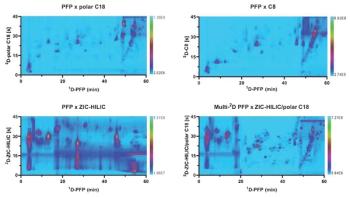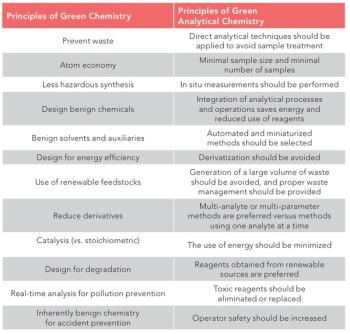
- The Column-06-17-2011
- Volume 7
- Issue 11
Drug testing compendium
Synthetic cannabinoids, commonly found in ?herbal incense? brands were recently declared controlled substances by the US Drug Enforcement Agency. To assist the drug testing industry in detecting these substances, Agilent Technologies has produced a GC?MS compendium.
Synthetic cannabinoids, commonly found in ‘herbal incense’ brands were recently declared controlled substances by the US Drug Enforcement Agency. To assist the drug testing industry in detecting these substances, Agilent Technologies has produced a GC–MS compendium.
“These compounds had not been controlled until November of 2010, when health concerns prompted the DEA to evoke an emergency ban,” said Tom Gluodenis, the company’s forensic and toxicology business manager. “They present a number of analytical challenges. Formulations are rapidly evolving. When one is banned, it can quickly be replaced by a new one. They’re often sold in botanical matrixes as ‘herbal incense’ and other products, which presents additional challenges. We published this compendium to help labs get a handle on this dynamic situation.”
The compendium contains detailed procedures for sample preparation and GC–MS methods, plus a searchable mass-spectral library to test for 35 synthetic cannabinoids and their derivatives. The method and library were developed in collaboration with the Criminalistics Division of NMS Labs, an independent forensic laboratory certified by the American Board of Forensic Toxicology and the American Society of Crime Laboratory Directors.
To order a copy visit
Articles in this issue
over 14 years ago
Iced teaover 14 years ago
Pioneers of the new frontierover 14 years ago
Tackling fish fraudover 14 years ago
Market Profile: Flash Chromatographyover 14 years ago
Metal Coatings Analysis by Hand-Held FTIRover 14 years ago
The Best Troubleshooting Service in the World... ProbablyNewsletter
Join the global community of analytical scientists who trust LCGC for insights on the latest techniques, trends, and expert solutions in chromatography.




